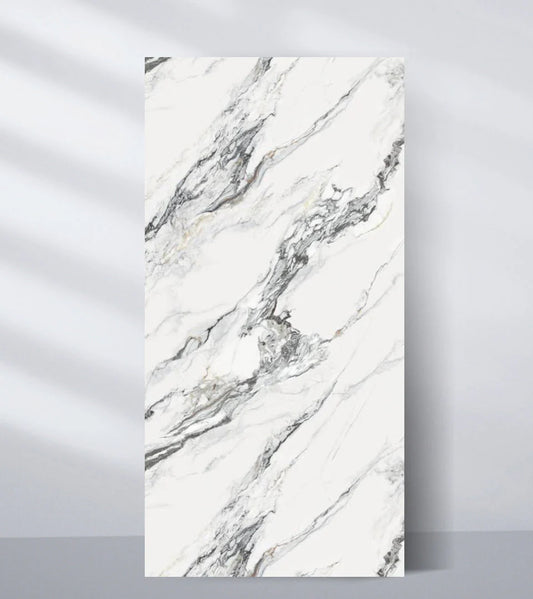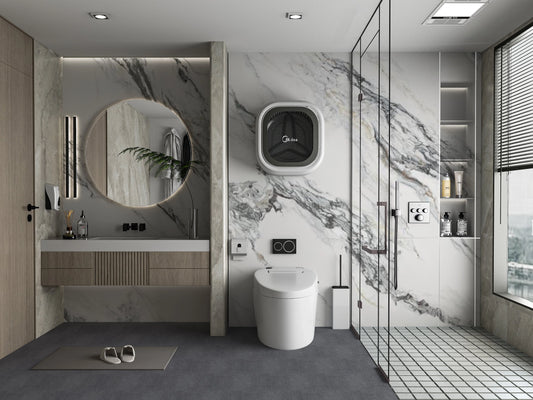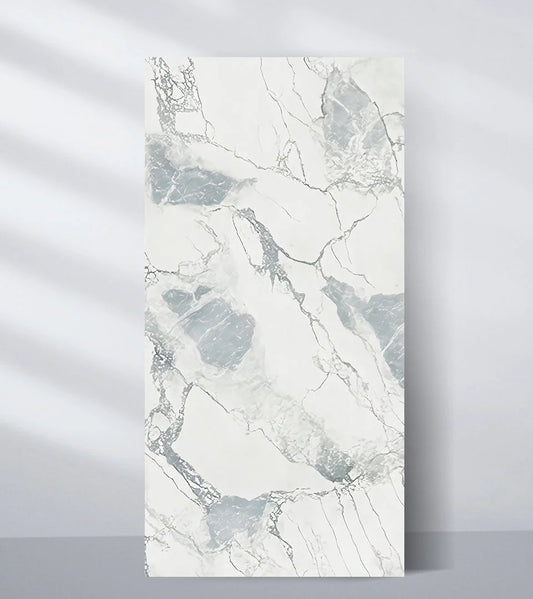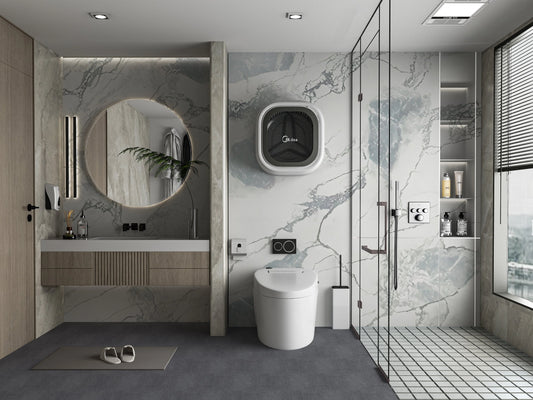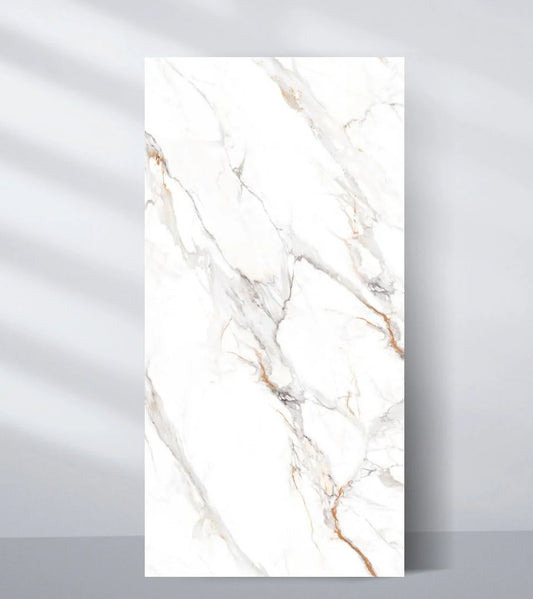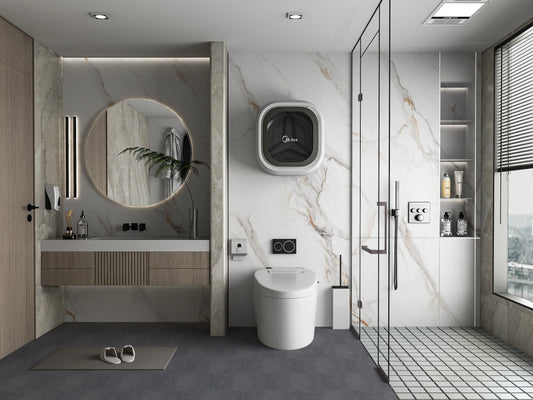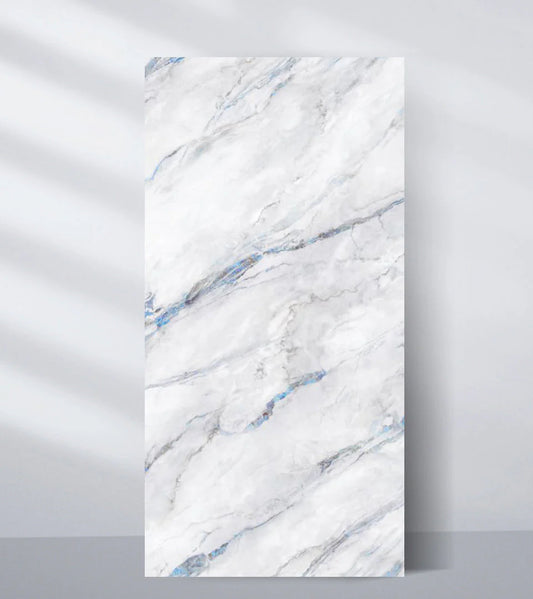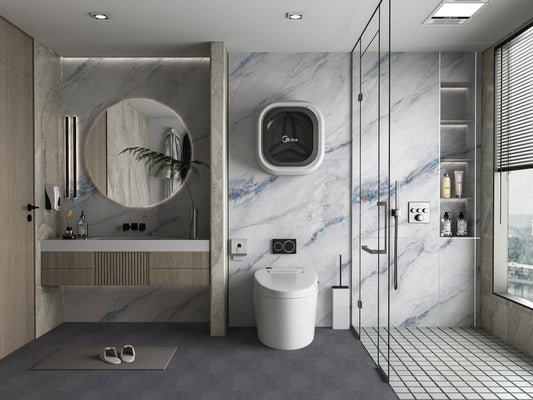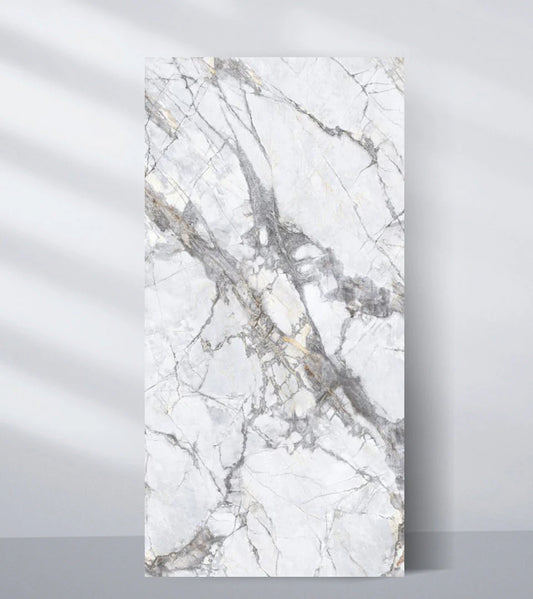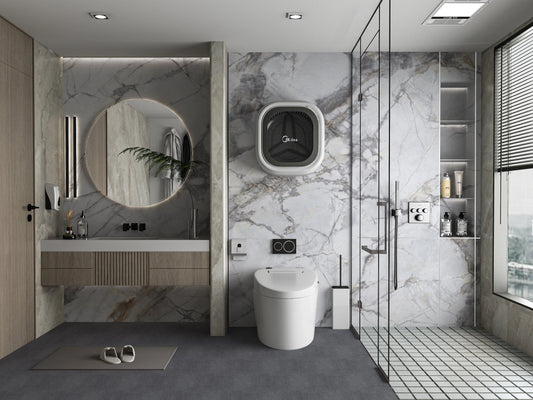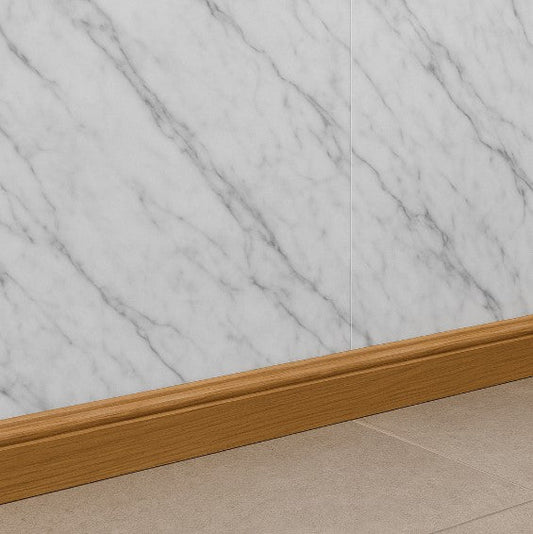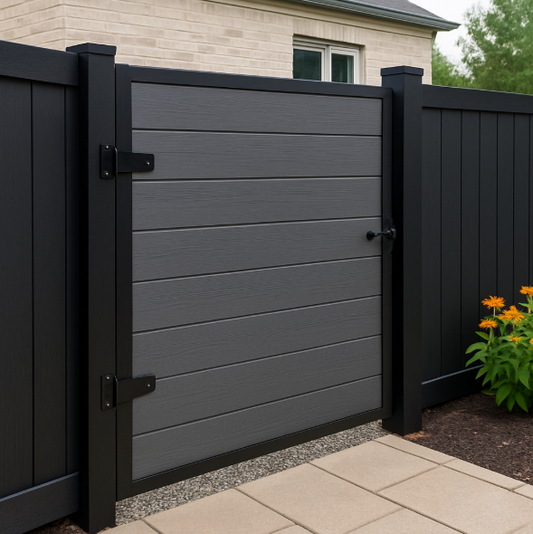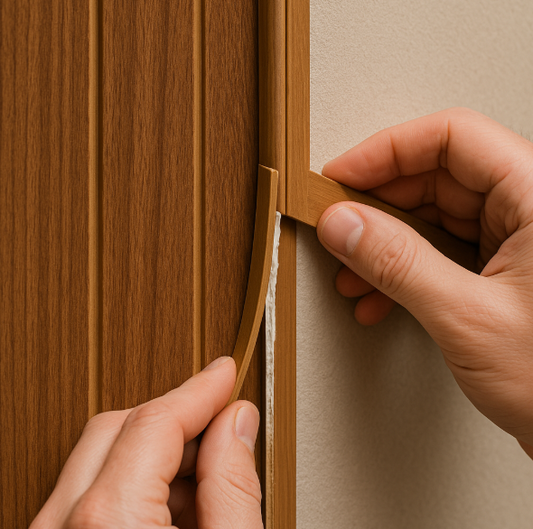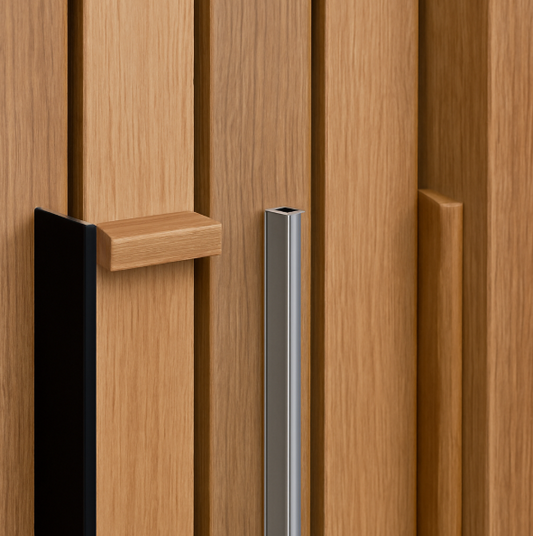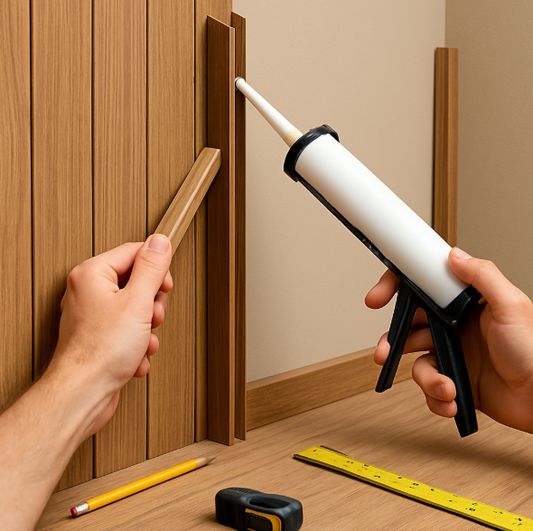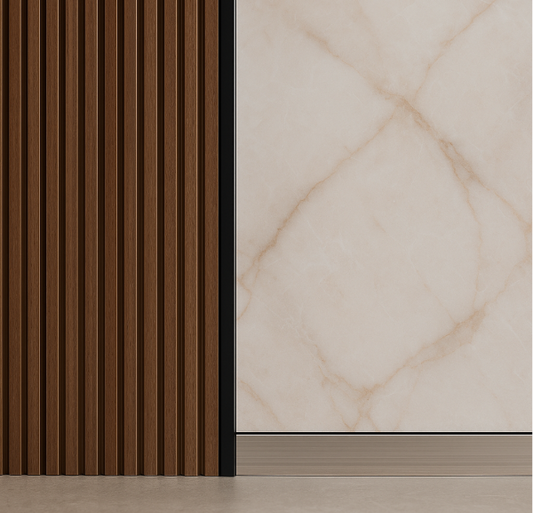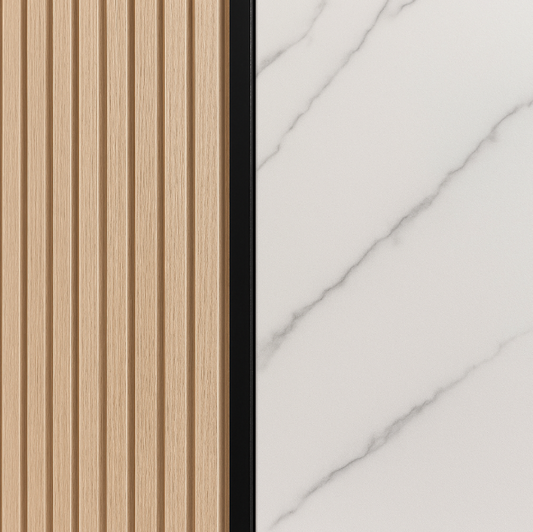When it comes to achieving a polished, professional finish for your interior wall panels, it’s not just about choosing the right panel material or color. The details make the difference and wall panel trim accessories like L-trims, corner trims, and end caps play a vital role in defining the look and longevity of your installation. These finishing components aren’t just cosmetic; they provide structure, seal edges, and prevent moisture or dirt from compromising your wall system.
In this in-depth guide, we’ll explore the key types of wall panel trims what they are, their unique purposes, and when to use them for both aesthetic enhancement and structural integrity. Whether you’re working with PVC marble sheets, WPC slatted panels, or acoustic wood panels, this knowledge will ensure your wall decor looks truly complete.
What Are Wall Panel Trims?
Wall panel trims are functional edging accessories designed to frame, seal, and enhance wall panel installations. They serve both a decorative and protective function, bridging panel seams, concealing unfinished edges, and providing clean transitions at corners, ends, and junctions.
Trims come in a variety of materials, including PVC, aluminum, and WPC composite, and are designed to match or complement different wall panel systems. For example, a black matte aluminum trim might be paired with walnut WPC panels, while a white PVC end cap could finish a glossy marble-look sheet. Their clean lines and refined design help create a seamless, high-end appearance in both residential and commercial interiors.
Why Wall Panel Trims Matter
Before diving into each trim type, let’s quickly address why these accessories are a non-negotiable part of any wall panel installation:
- Protect exposed edges from chipping, warping, or wear
- Prevent dust, moisture, and insects from getting behind panels
- Create polished transitions between walls, ceilings, and floors
- Support durability and structural stability of the installation
- Contribute to acoustic performance by sealing panel joints
- Add design sophistication, turning a basic panel install into an architectural feature
By using the right trims in the right places, you ensure your wall panels not only look exceptional but last longer and perform better.
 |
 |
What Are L-Trims?
L-trims, sometimes referred to as angle trims or edge trims, are shaped like the letter “L” and are typically used to cover external corners or panel terminations. One leg of the L adheres to the wall or frame, while the other leg sits over the edge of the panel, creating a tidy and protective finish.
When to Use L-Trims:
- Outside corners – L-trims are perfect for finishing off 90-degree external corners, protecting both panel edges from damage.
- End panel exposure – If your panel stops mid-wall or ends without an adjacent panel, L-trims provide a smooth edge.
- Transitioning materials – Use L-trims when your wall panel transitions into a painted wall, tile, or different material type.
- Framing doorways and windows – L-trims offer a sleek border around these elements without the need for bulky moldings.
For example, if you're installing PVC marble sheets in a bathroom, an L-trim gives a waterproof, clean finish at the outside corner between two walls. It enhances not only the aesthetics but also ensures water doesn’t seep between panels.
What Are Corner Trims?
Corner trims (also called inside or outside corner profiles) are designed specifically for use at wall intersections either internal 90-degree angles or external corners.
There are two major types:
- Inside corner trims – Used for internal corners between two intersecting panels
- Outside corner trims – Used for external corners and often overlap two edges for seamless coverage
These trims come in flat, rounded, or angular profiles depending on the wall material and design style.
When to Use Corner Trims:
- Wall-to-wall internal intersections – In hallways, bathrooms, or rooms with multiple connected walls.
- Vertical edge protection – High-traffic areas like commercial hallways or staircases where edges are prone to bumps.
- WPC slat panels with varying thickness – Corner trims can help align and join slats without visible gaps.
In a modern office interior using acoustic fluted panels, inside corner trims help smooth out the sharp transitions while maintaining visual continuity.
What Are End Caps?
End caps are used to finish off the raw edge of a wall panel. They don’t span a joint or corner but rather sit along the open side of a panel that doesn’t touch another surface. Think of them like a frame piece that closes off an exposed side of a board or panel.
End caps can be flat or rounded, and typically slide over the panel edge to seal and protect it.
When to Use End Caps:
- Open panel terminations – On walls where the panel ends before a full edge, like partial accent walls or wainscoting.
- Horizontal panel terminations – If a panel stops mid-wall horizontally, like under a shelf or design border.
- Floating wall features – For decorative installations where the panel acts like art or hangs without touching adjacent walls.
- Preventing dust or water intrusion – Especially important in kitchens, utility rooms, and bathrooms.
Installing end caps on PVC or WPC panels helps ensure longevity by keeping the inner core sealed from environmental factors.
 |
 |
Material and Color Considerations
Choosing the right trim type is just the beginning. You’ll also want to match the material, thickness, and finish to your panels. For example:
- Use PVC trims for lightweight panels and budget-friendly solutions.
- Aluminum trims offer strength, durability, and a high-end metallic finish.
- WPC or composite trims blend perfectly with textured fluted wall panels or wood-effect finishes.
Color-matching is equally important. You can either blend the trims into the wall panel design (for a minimalist look) or contrast them for a bold frame-style effect.
At Wall Decor, we offer an extensive range of trim colors, from brushed gold to matte black and classic white, so your aesthetic vision can come to life.
Common Trim Mistakes to Avoid
Even with the right trim type, improper installation can ruin the effect. Here are a few things to watch out for:
- Not using the correct trim type – End caps won’t function well in corners, and L-trims can’t bridge panel joints.
- Cutting trims inaccurately – Always use a fine-tooth saw and a mitre box for clean corners.
- Skipping adhesive prep – Ensure the wall surface is clean and dry before applying glue.
- Ignoring expansion gaps – Especially for WPC panels, allow slight room for expansion and contraction.
If you're unsure about which trim fits your project, our support team at Wall Decor is happy to guide you with sizing and compatibility.
Use Case Examples by Room Type
To illustrate when and where to use each trim type, here are a few real-world examples:
Living Room Accent Wall (WPC panels)
- Use L-trims on top and bottom ends
- Corner trims for full-length inner corners
- End caps for side terminations
Bathroom with PVC Marble Sheets
- L-trims for door frame edges
- Inside corner trims for shower area
- End caps where panel edges are visible near the vanity
Office Reception Wall (Acoustic Panels)
- Corner trims for full-height installations
- L-trims to define the boundary of the panel feature
- End caps to close off top or side panels around signage
These examples highlight the versatility and importance of trim accessories in shaping a room’s visual and functional impact.
Final Thoughts: Complete the Look with the Right Trim
The beauty of a well-designed wall panel installation lies in the details. Trims like L-profiles, corner joints, and end caps may seem like small components, but they have a massive effect on the finish, function, and longevity of your decor.
Not only do they protect and frame your wall panels, but they also enhance the overall appearance turning a DIY installation into a designer showcase.
Whether you're aiming for a sleek, minimalist interior or a bold architectural feature, Wall Decor’s collection of premium wall panel trims offers the perfect finishing touch for every style and surface.

